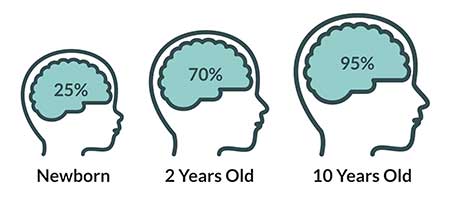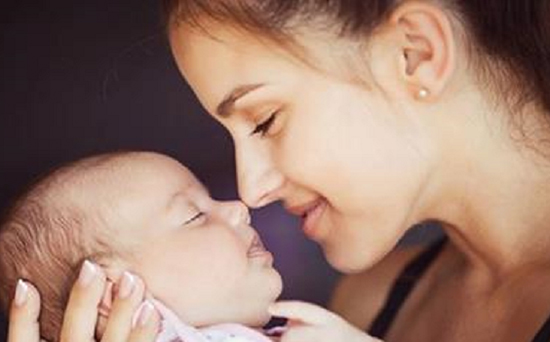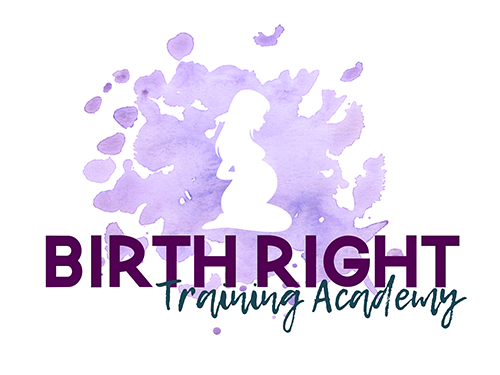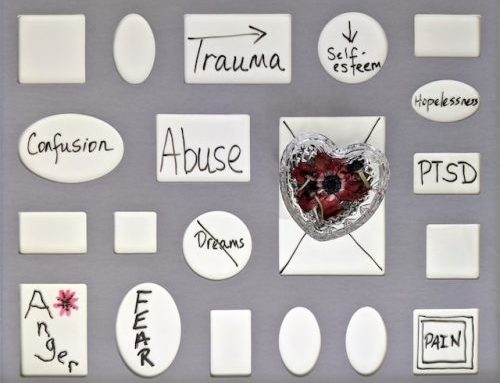THE SELF-SETTLING MYTH
There are many people, parents, experts who advocate the idea of teaching a baby to ‘self-settle’. This is sold to parents as the only way to guarantee uninterrupted sleep and easier bedtimes. It is certainly an attractive sales pitch for any sleep deprived parent.
But what if I told you that it is not possible for a baby to self-soothe or settle. This is not something you can teach with sleep training or any other techniques.
You can, through sleep training ‘condition’ a baby NOT to cry out for attention and go to sleep without parental input, but this is NOT behaviour that is indicative of a baby who is calm or settled. Self-soothing is a developmental stage that develops as the baby grows older. You cannot teach something that their brains are not yet capable of. You are not leaving your baby to self-settle you are leaving him to cry.
You are your baby’s safe place and their only way of approach is to cry out for physical contact, with you, particularly when they are not emotionally or physically developed. Sadly many people refer to babies as ‘clingy’ or ‘manipulative’ and see the fact they need their parents to soothe them as a bad habit that should be broken. So many experts seem to think that once a baby is fed, changed, winded and warm, then job well done and they have no further needs. They do. Their emotional needs are just as important as their physical ones. Although babies experience the fight-or-flight response from a very young age, they are not neurologically developed enough to regulate the resulting emotions themselves. They need us for that.
THE BABY’S BRAIN

Brain Development
At birth the baby’s brain is about a quarter of its adult size. The brain stem and cerebellum, or the hindbrain are fairly well developed and are the first parts of the brain to develop throughout the first 18 mths. This area of the brain is responsible for survival – temperature regulations, breathing, digestion and raw basic emotions. The limbic system, our ‘feeling brain’, is the next to develop over the first three years. It is responsible for emotions and relationship with others. Lastly, the neocortex, our ‘thinking brain’, develops. This is by far the most sophisticated area of the brain, and develops throughout childhood, adolescence, and even into the early 20’s. This part of the brain is responsible for critical, analytical and rational thought.
Babies have incredibly underdeveloped neocortex. Emotional self-regulation (self-soothing) is just not physically possible for babies, toddlers or pre-schoolers. Their brains have not developed enough.
WHAT HAPPENS WHEN YOU SLEEP TRAIN?
Practising sleep training, is not teaching a baby to self-soothe. Something else is happening on a very basic primal level. Let’s go back to the hindbrain and the fight-or-flight response. What happens when those stress hormones reach such a level that they are toxic yet you can’t take flight or fight? You ‘freeze’ all activity in order to try to preserve life. Dr. William Sears calls this “Shutdown Syndrome”. Research by Wendy Middlemiss in 2012 showed what happens during self-soothing teaching, highlighting how stressed the baby still is, despite their quietness and apparent sleeping. Chemically we can now prove that the baby is neither soothed nor settled.
WHAT ARE THE CONSEQUENCES OF SELF-SOOTHING
If a baby has been trained to be quiet and to not call for his parents to meet his emotional needs, then at some point the baby might not call out when they have an urgent need. A baby’s brain is not sophisticated enough to know that sometimes the parents come and sometimes they don’t, depending on what’s wrong. Back to brain development, the research shows that the more nurturing you are toward your child in their early years, the greater their hippocampus volume, the part that is related to behavioural regulations and processing emotions.
EMOTIONAL SECURITY

True Love
Is it possible to alter your child’s brain so that they grow to have good emotions, self-regulation skills (or the real ability to self-soothe) when they are older? Of course it is! And the best way to do that is to pick them up, cuddle them respond to them. Your nurturing parenting will pay dividends in the future – that is how you really help a child to develop the ability to self-soothe.
Being a parent is accepting responsibility to shape the next generation. The techniques commonly used for teaching self-settling make the child less likely to ever learn this.




